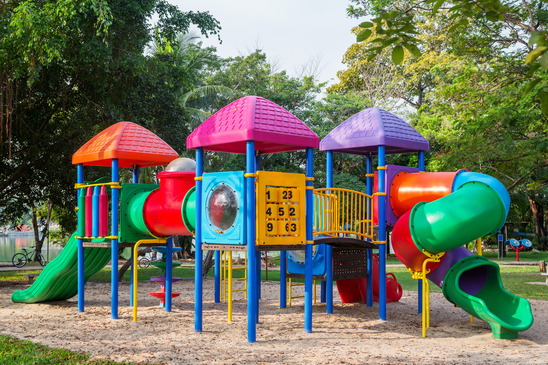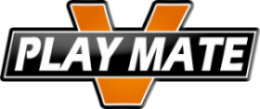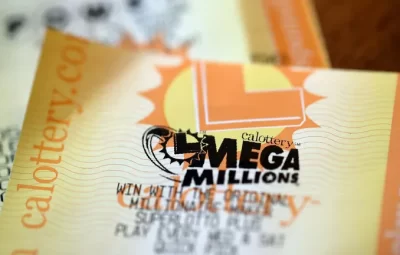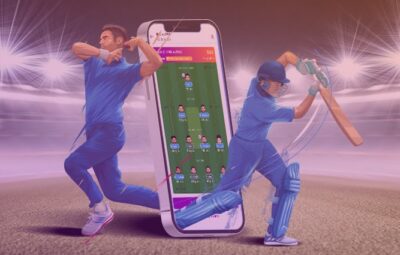Municipal, commercial, and educational playgrounds are generally places where little mishaps can occur. That could be a scraped knee, a fall, or a bumped head. These things are to be expected as a normal part of the nature of play. It is possible to minimize the scrapes, bumps, and bruises by using well crafted, softer, and safer surfaces beneath and around play equipment. Here are a few ideas. You can also take a look at pdplay.com to see more details and options.
Synthetic Turf
Artificial or synthetic grass has been used for athletic fields for some time now. If you are going for a more landscaped look for your playground, without the associated maintenance of lawn care, synthetic grass might be a perfect choice. It can be used on sloped surfaces for a more natural, hilly look. Synthetic grass can be supplemented with padding to better cushion the impact from a fall.

Sand
One of the best materials for breaking a hard fall is sand. It also feels really nice underfoot and offers a fun material for creative play. Sand is also incredibly well priced and easy to replace. Another nice feature of sand is that it is sound deadening, minimizing the noise from little screamers having fun.
Rubber Surfacing
There are 2 typical rubber surface materials. Rubber tiles are interlocking squares that are available in different thicknesses and colors. Depending on the age of the children, you can decide how much fall protection is needed by choosing the appropriate thickness of this padding material. Individual tiles are easy to replace when necessary. Mixing colors can provide a stimulating pattern.
Poured-in-Place rubberized surfacing has a more uniform look than tiles. This safe and environmentally friendly material is well suited for sites with changes in grade. Rubber is a durable surfacing material. Rubberized surfacing is ideal for use in ADA compliant playgrounds. Recycled materials are often incorporated into rubberized playground surfaces.
Wood Fiber
Using engineered wood fiber as a surface material is relatively economical. The fibers meet the requirements for ADA compliance, making this a great alternative for an accessible play area. This is a great material for softening a fall. It also drains quite well when properly installed over a drainage mat atop gravel, making it ideal for wetter climates. Wood fibers do need to be maintained and are easy to replace or add to.
Playground safety is one of the most important topics for community leaders, park commissioners, and educators. Children need to be given access to areas that are fun and that do not pose a danger. Landscape architects and specialty contractors are often tasked with making sure a play environment is well designed to be both safe and accessible. The surface material chosen for a playground can make a big difference in the overall functionality and safety of the environment. It is entirely possible to mix and match different surface materials to give children a variety of sensory experiences.



















